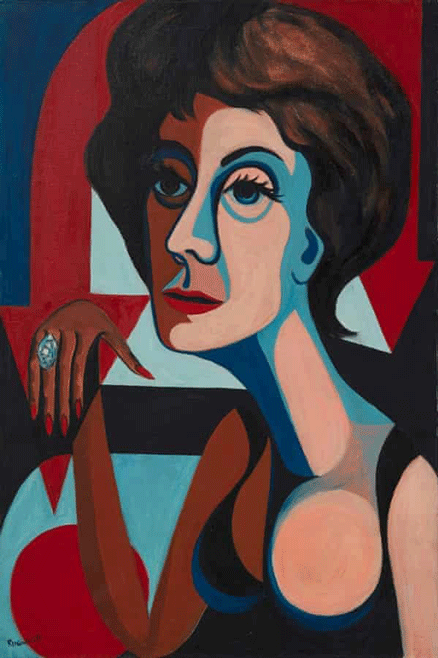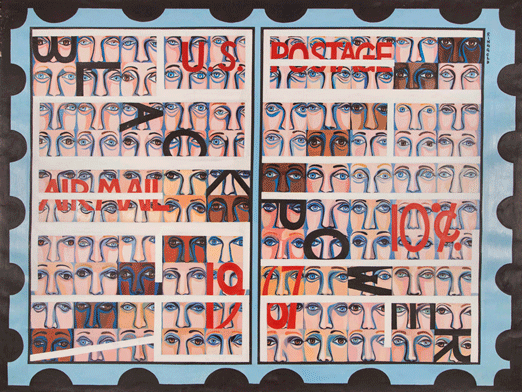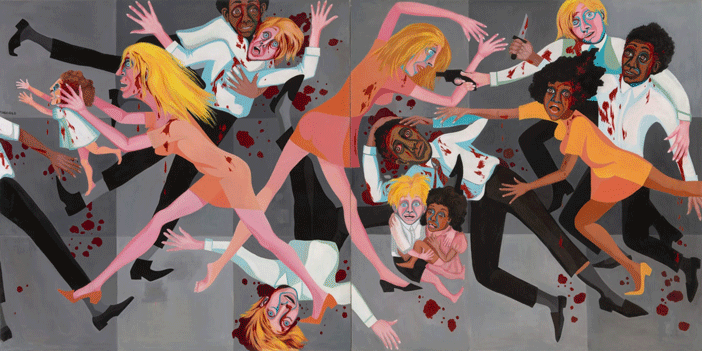The black female perspective has always been undervalued, especially in the art world where black female artists aren't in the spotlight of the public eye. Faith Ringgold made an everlasting impression with her compelling American People Series. The Harlem-born artist addresses the important subjects of racial injustice, gender inequality and the American dream. These further touch the United Nations Sustainable Development Goals (SDGs) on Reduced Inequalities and Gender Equality.

Her influence was the Harlem Renaissance artist, Jacob Lawrence and Pablo Picasso's Guernica painting. She's made a conscious effort to adapt to these distinct styles to critique the structure of American society. Ringgold's American People Series follows 20 paintings where storytelling is the primary tool of connection with the viewer. Her political statement provides a range of perspectives because everyone was involved and have different experiences of the race riots that took place in the United States during the 1960s.
The feeling of suspension contributes to every painting as tension rises and justice becomes unattainable. Her early works in the series demonstrate portraits reflecting the American colours of red, white and blue such as #9:The American Dream, a portrait of a white and black woman emerging into one figure. The red arrow and oversized ring suggest the downfall of material wealth and the American dream.

In #2: For Members Only, Ringgold Illustrates a group of white men with blank stares representing the elite of society. Here, the power structure in America is demonstrated to be blatantly corrupted. The dialogue of economic disadvantages within marginalized communities becomes evident in the series of paintings and brings the viewer to see how black people were fighting for their civil rights while white people in power were rather fighting to maintain their position in society.

American People Series #19: U.S. Postage Stamp Commemorating the Advent of Black Power gives an insight into the visibility, or lack thereof, of African-Americans in the US. The painting portrays a close-up view of faces from the eyes to mid-nose where Ringgold critiques representation using the postage stamps as a visual pathway to communicate black power in the midst of white power. The postage stamp represents black people making up ten percent of the population while surrounded by “an overall structure of white racism and power”.

American People Series #20: Die addresses riots far more gruellingly than the media has. Ringgold's usage of blood in the painting communicates the unfortunate outcome of death. Each figure is in business attire or a cocktail dress holding a weapon in one hand. She emphasizes participation from all parties, except for the children. The intensity of the race riots caused people to be brutal and act inadvertently barbaric. The children huddled in the middle of the riot projects their innocence in the face of racial hatred. Escapism was impossible during these times of fear and anxiety.
Faith Ringgold combines her artistic passion and her personal experience to display her activism towards systemic failures. She shares many stories behind the black experience in America. The dynamic scenes of movement, aggression and fear effectively communicate issues of racial barriers and social tensions. Nonetheless, Ringgold applies pressure and challenges the status quo while representing black female artists and the black community.
